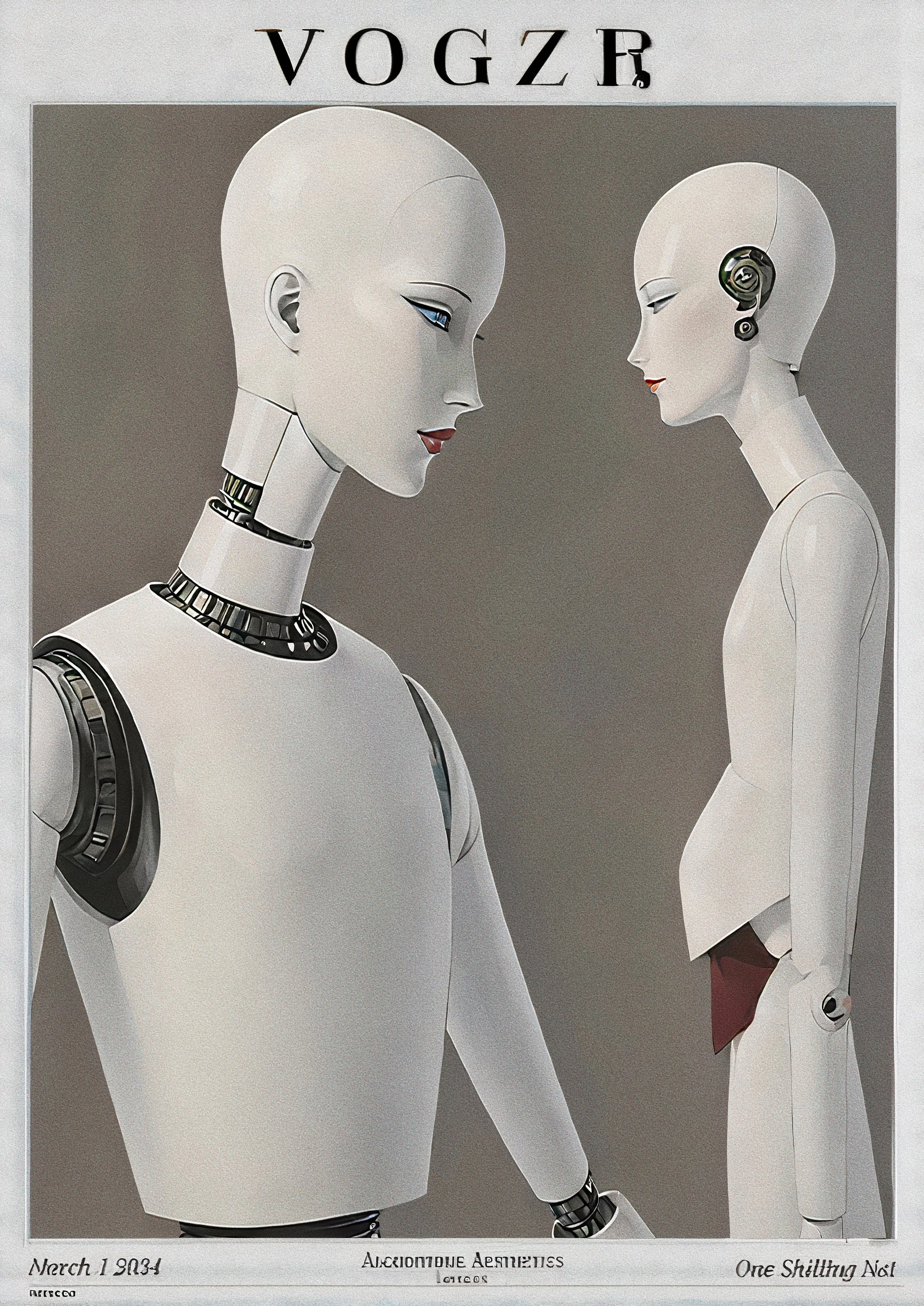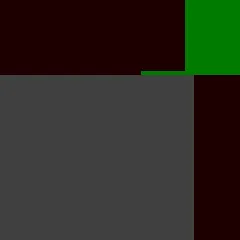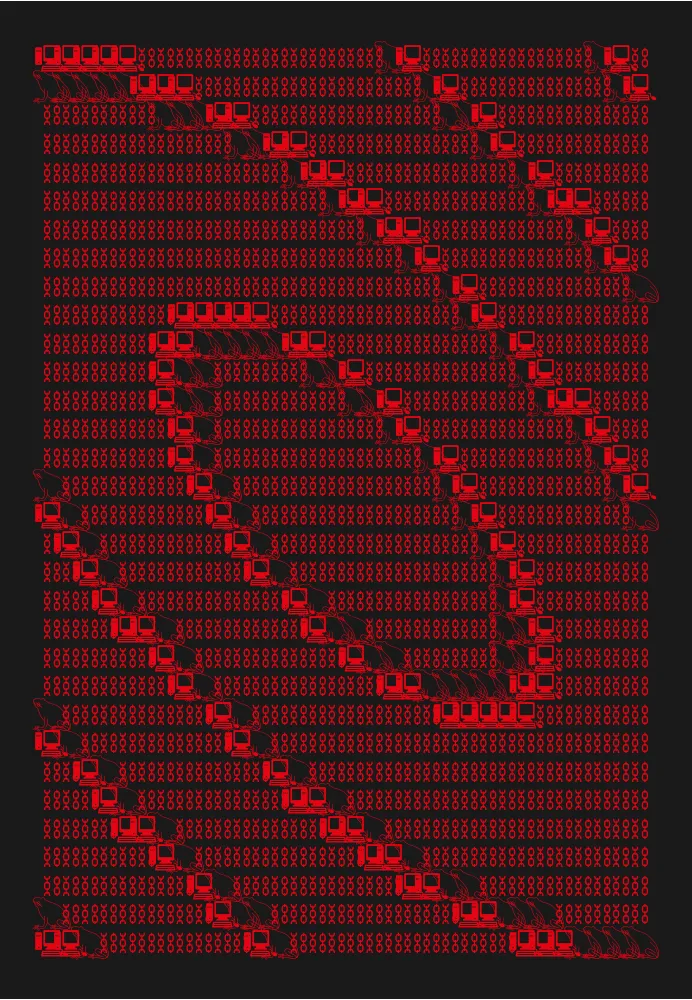Subscribe to get the latest on artists, exhibitions and more.
Protocol Art, Museum Acquisitions, and Measuring Public Sentiment

Obvious, Ivona Tau, 113 (Mathcastles), Addie Wagenknecht and Distributed Gallery in conversation with Mimi Nguyen and Malte Rauch.
Mimi Nguyen: Hi everyone. Thanks so much for joining us. I've invited Malte to co-host this chat to discuss a few hot topics. Malte has been fantastic in covering the topic of blockchain as a medium for artworks, he did a great write-up on the Mathcastles Terraforms project and has previously hosted really interesting discussions in this space with 113, Addie and 0xFFF. Both Mathcastles and 0xFFF, along with Addie, are part of the [aside] project we’re going to discuss.
Today, we have Ivona Tau & Obvious, the artists kicking off the project, and of course, the Distributed Gallery, represented by Alex and Oliver, the masterminds behind this custom protocol - I call it smart contract as a performance medium. I’m excited for you all to share and explain this to our audience. Let’s start on a general level for those not familiar with [aside]. It’s a custom protocol designed, engineered, and built by the Distributed Gallery Collective, known for one of my favourite projects, the Chaos Machine from...
Distributed Gallery: 2018.
MN: Yes, 2018. This machine, curated by Simon Denny and later by Georg Bak, was shown at Phillips two years ago. It’s a conceptual yet physical, beautiful installation that plays with the whole token idea, burning, and smart contracts. For me, it was the beginning of understanding blockchain art.
DG: Yeah, maybe I can give a quick introduction to the Chaos Machine. It was our second artwork, created in 2018. These are physical machines made of wood, steel, and glass. The idea is you can put a banknote into the machine, which is then burned. In return, you get a token that you can use to upload a track on IPFS, inserted into a shared playlist. Each time someone burns a banknote, a song is randomly selected thanks to the block hash and played loudly on both machines. The idea was to use blockchain as the medium of the artwork, playing with the very concept of money and its materiality.

Malte Rauch: One thing I'd like to start with is asking you about this gallery. It sort of reduces the classic role of a gallery. Could you tell us about the choice of name and the concept of it?
DG: Thanks. Distributed Gallery is not a gallery in the traditional sense. We are a collective of craftsmen, engineers, and writers. The gallery started with a project called the Ready Made Token, an ERC20 token minted in only one copy. We needed a gallery to exhibit this token because we were unknown in the art world in 2017. So, we created Distributed Gallery to exhibit our own artwork. It was a social hack to enter the art world.
MR: I'd like to get the perspective of the Obvious team and Ivona on artistic sovereignty and how smart contracts enable this.
Ivona Tau: I was excited to engage with blockchain in a direct manner, which was a new experience for me. Our project involves tying NFTs to a public sentiment API around AI, based on Twitter posts and hashtags. This experimentation wouldn’t have been possible without Distributed Gallery.
MN: Could you explain how you technically managed to measure public sentiment and link it to your artworks? How does the protocol work?
DG: The [aside] project started with the idea of a time lock over NFTs, extracting them from the market logic for a period. The project grew to include linking tokens to external events like tides or public sentiment on AI. We use Chainlink Oracle to fetch data from APIs and feed it into the Ethereum blockchain. This ensures the trustworthiness of the data, which is crucial.
MR: I'd like to hear from Obvious about how your perspective on this medium has changed given the technical possibilities of smart contracts and blockchain.
Obvious: Thank you for inviting us. I’m Pierre from Obvious. We have always been fans of technology. We’ve been working with AI since 2017 and were early adopters of crypto art. Blockchain is very important to us as it allows digital artists to express themselves differently. This project, which evolves based on an AI sentiment index, pushes us to invent new ideas artistically.
MN: You both are researchers and practitioners. How do you approach the speculative nature of blockchain and the controversy around time-locking art?
IT: Working in AI, I’ve seen public perception shift dramatically. There’s a lot of hype, both positive and negative, around AI. This project explores these cycles and engages with them creatively. Blockchain and NFTs also experience similar hype cycles.
O: I agree. As artists, we use technology to express societal views. The evolution of our creative process is linked to the tools we use. The fast-paced advancements in AI and blockchain push us to explore new artistic possibilities. The speculation and hype cycles are part of this tech world, and we try to navigate them thoughtfully.

MR: I’d like to ask the Distributed Gallery Collective about their role in the project and the concept of protocol art.
DG: We aimed to give artists space to appropriate the original idea and protocol, helping them understand what’s doable. Protocol art, for us, is about experimenting with ways to shape human interactions and perceptions through technical infrastructures. Blockchain allows for social behaviour programming and experimentation at a scale previously unavailable.
MN: I love the idea of protocolism, a term I heard from Primavera, which involves working with protocols as an artistic medium.
I’m excited to announce two museum acquisitions for the [aside] project, with ZKM Museum of Contemporary Art in Germany and Francisco Carolinum Linz in Austria being the first to receive artist proofs for each release.

Addie, you’ve worked with various institutions before, with commissioned work with the Whitney Museum or exhibitions at the Whitechapel Gallery, could you share how important it is for museums to jump into the space of blockchain art? How do you think treating blockchain or smart contracts as a medium and collecting them into permanent collections impacts digital or media art?
Addie Wagenknecht: It's been an interesting progression. I've been in this space for about 10 years. Originally, even video acquisitions were difficult for museums to take seriously as something they wanted to bring into their permanent collections. Relative to the lineage of prior work and art, the adoption of blockchain is accelerating rapidly and positively.
The decentralised nature of blockchain technology makes it more suitable for institutional museum acquisitions than previous technology-based works. With traditional technology, a single corrupt file might not have a backup. In contrast, decentralized alternatives and smart contracts are more robust. Computationally based works are easier to maintain and more robust because instead of having just five people who know how to repair a file, you might have 500 developers who can maintain or fix it.
This widespread capability is valuable for museums and institutions when considering the viability of sustaining the work. There has been a lot of apprehension around collecting new media because museums didn’t know how to maintain or install it. What I've seen in the NFT space is a proliferation of openness in terms of maintenance and accessibility. Things are robustly documented, and it's ubiquitous to find people who can work on, fix, or maintain these works. Various incentives also help keep the work alive.
This development is really exciting, and I’m eager to see where it leads in the next few years.
MR: I’d like to get Addie's perspective.
AW: I think what was said really resonated with me, especially about working with evolving technologies and how they make sense over time. Blockchain is becoming too significant for people to ignore, and it allows us to move away from the idea of working with traditional mediums like painting. With technology and computational work, there's often an emphasis on precision and control.
I appreciate that we are now moving into a space where the smart contract itself becomes the medium. Exploring how these contracts interact and play together is fascinating. Many artists have started working with smart contracts, bridging and experimenting with this medium in ways that make a lot of sense and align with the direction we're heading.
MN: I’m looking forward to the upcoming release on May 27th, a collaboration between Ivona and Obvious. Could you share what you're most excited about for next week? For those unfamiliar with the work and the AI index, how would you describe your conceptual goals?
O: The idea of this project is to showcase that AI can be perceived both positively and negatively. We're curious to see how the audience reacts to these evolving artworks. We've created an index to reflect the AI community's sentiments, and we're interested to see if the index matches reality.
Working with another artist can be challenging, but this collaboration has been very smooth. I'm eager to see the public's reaction to the art we've created together, as we try to express where we're heading with AI technology.
IT: That's very well said. I absolutely agree. The cooperation has been smooth, and I'm excited about the performative aspect of audience engagement with the pieces. This project might be a bit controversial, so I'm looking forward to its reception. We've used magazine covers, connecting to themes of media hype and AI hype.
The AI index isn't deterministic, so there are many unknowns, which adds to the excitement. We're curious to see how different aesthetics within the pieces will correlate with rarity and desirability. Some pieces might be least desired because they will only be unlockable in rare future events.
O: Exactly. We've created an index based on various perceptions of a positive or negative future with AI. This index might not be entirely accurate, but it acts as a collective reflection. We're interested to see if the artworks succeed in crystallizing this vision of AI's potential positive or negative impact.
Media often distorts information for various reasons, selling it as either good or bad news. It's important to collectively reflect on what is presented to us as positive or negative for society. We don't have all the answers, but it's valuable to ask these questions together.

MR: Thank you for sharing. I have one last question for the Distributed Collective. I asked 113 about his understanding of protocol art. Could you share your take on this notion of protocol art, and what you might have in store for the future?
DG: We see protocol art as experimenting with ways to shape interactions and perceptions through protocols, especially those inscribed in blockchain technology. Our world is influenced by technical infrastructures, from financial systems to product placement in supermarkets. These shape our behaviors in simple and complex ways, such as how we meet people, communicate, and move around.
We aim to experiment with these infrastructures at a protocol level, pushing the boundaries of what’s possible. One future project we’re excited about is called the Sin Market. It allows people to confess sins and seek forgiveness through a betting mechanism, essentially decentralising the concept of church forgiveness. This mirrors historical indulgence markets but modernised with blockchain.
Forgiveness is determined by a collective, not an institution, making it a decentralised, community-driven process. This project plays with societal norms around judgment and forgiveness, exploring how we can reshape these interactions with new tools.
MN: This aligns with the project’s concept of performance art, where the medium is a smart contract. Each artist designs the behaviour of the smart contract, integrating not just the contract but also the public and collectors into the performance. Or the collective understanding of AI influences the protocol’s time lock. This also defines the collector’s role—they can’t resell or flip the work. I’m excited to see how artists like Mathcastles, Addie, and Leander will explore this medium later. It’s amazing to see museums participating, collecting these works permanently, and setting a precedent for blockchain art as a sustainable, long-term investment.
Thank you to everyone involved in the project, especially Alex and Oliver for engineering the protocol. I look forward to seeing the innovative ideas from the artists. Thank you, Malte, for co-hosting today, and thanks to everyone who joined. See you next week.
[aside] is a protocol (system for organising the buying and selling of digital artworks) with a custom time-lock feature. This temporarily immobilises tokenised assets on the Ethereum blockchain, rendering them non-transferable for a predetermined duration or until a specified event, be it social, natural, economic, or astrological. This restricts the ability to trade the NFTs, counterbalancing the narrative of artworks as assets, and forcing collectors to see beyond the commercial value of the NFTs.
NGUYEN WAHED will present a series of exhibitions from May 2024 - May 2025, in partnership with the engineering team of the Distributed Gallery collective, under the curation of Georg Bak and with the support of ChainLink. Each month, select artists will be presenting new bodies of work through a bespoke protocol. These include Anna Ridler, Lauren Lee McCarthy, Rhea Myers, Jarred Tarbell, Travess Smalley, Obvious, Ubermorgen, Addie Wagenknecht, Ivona Tau, Leander Herzog, 0xFFF, Mathcastles and Primavera de Filippi.
Obvious & Ivona Tau
Obvious is a French trio of artists and researchers that uses artificial intelligence algorithms to create works of art. Their work was highlighted in 2018 with the sale of one of their paintings, the first of its kind, at Christie's NY. Their works, at the crossroads of classical art and the most recent technologies, are subsequently exhibited at several prestigious museums such as the Hermitage...
Distributed Gallery
The distributed gallery is a collective of artists, craftmen and engineers established in the contemporary art worlds since 2017. They are mainly known for the creation of artworks based on distributed technologies such as blockchains.
Previous works include:
The Chaos Machine is the second artwork of the distributed gallery, born during summer 2018. It exists in two copies connected to each...



